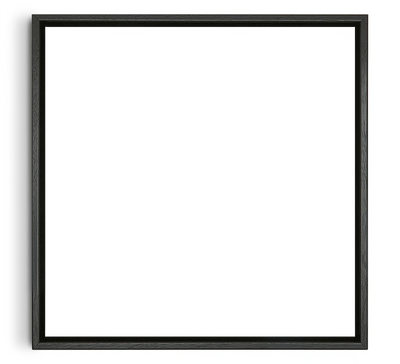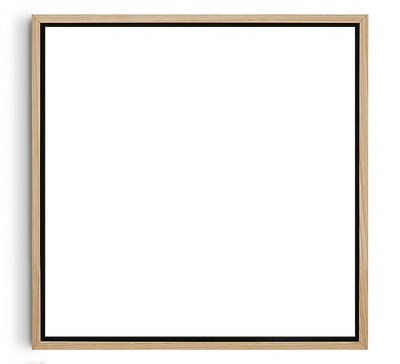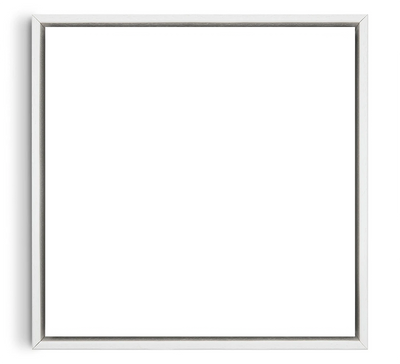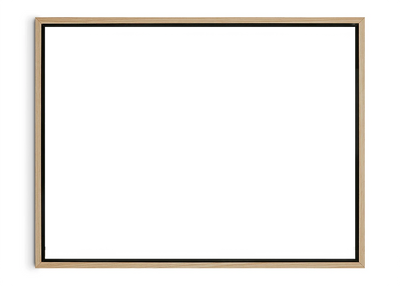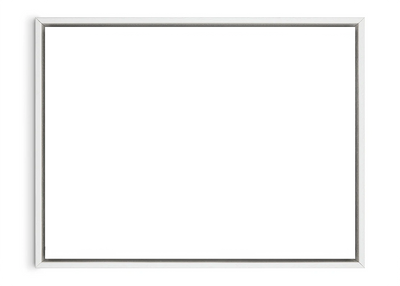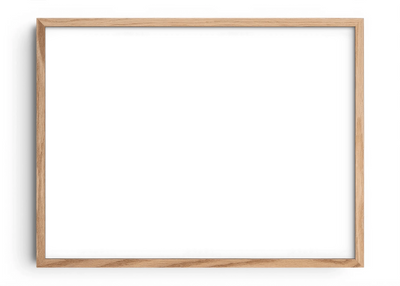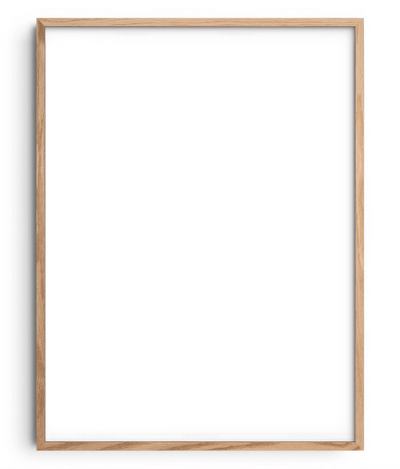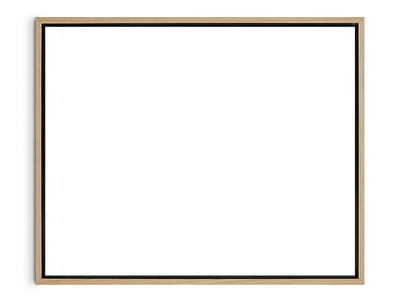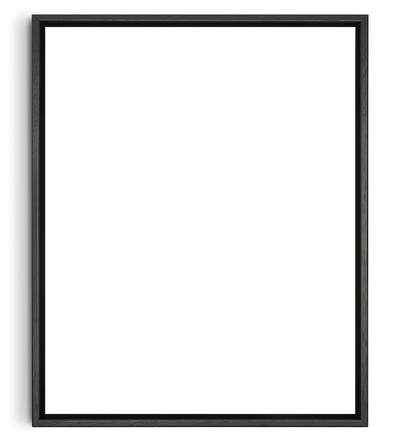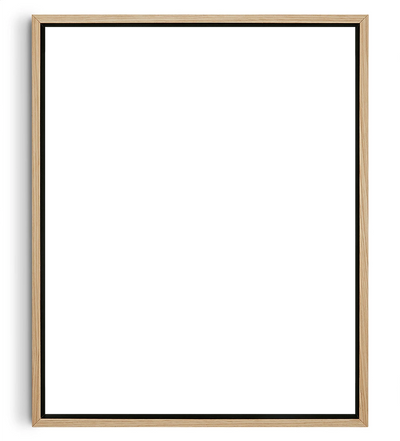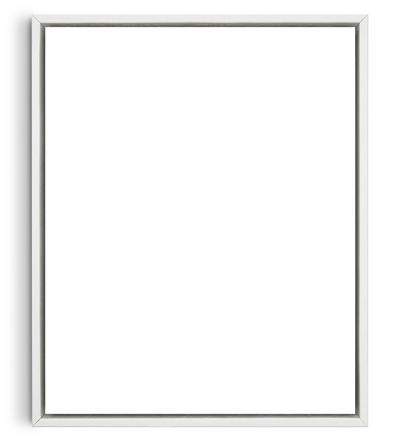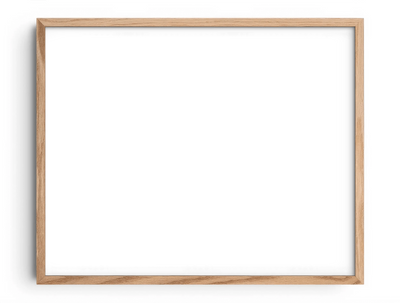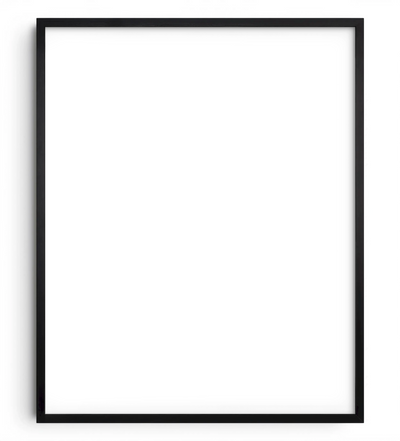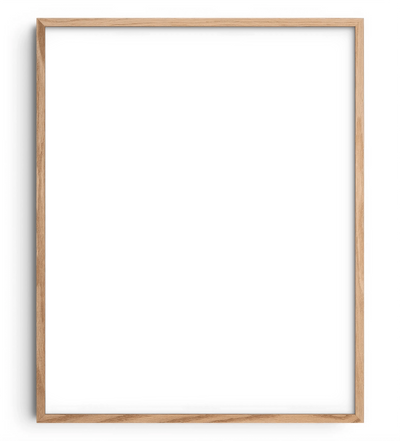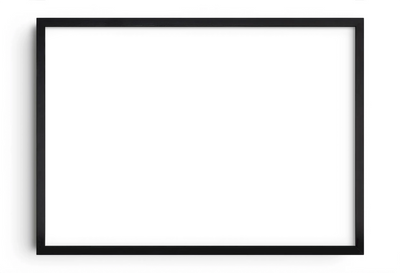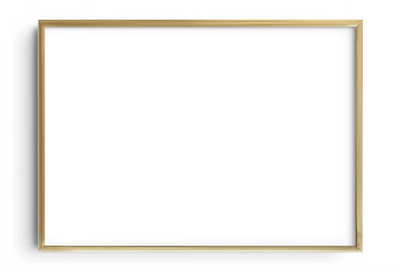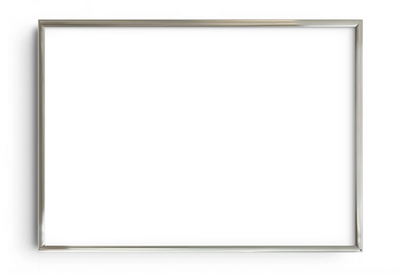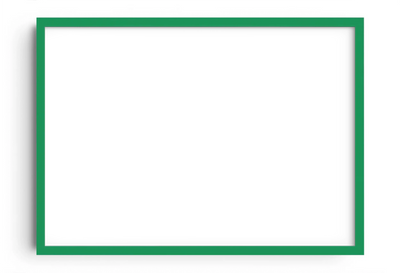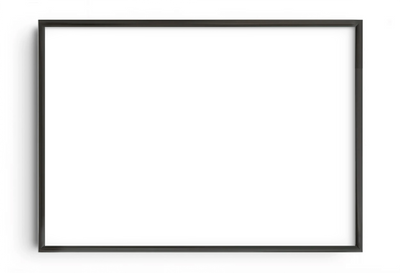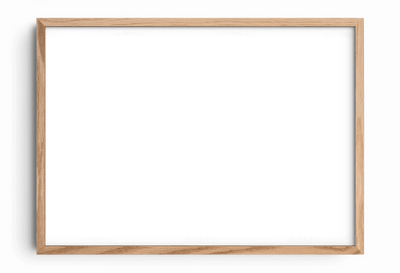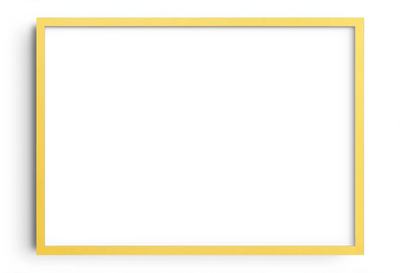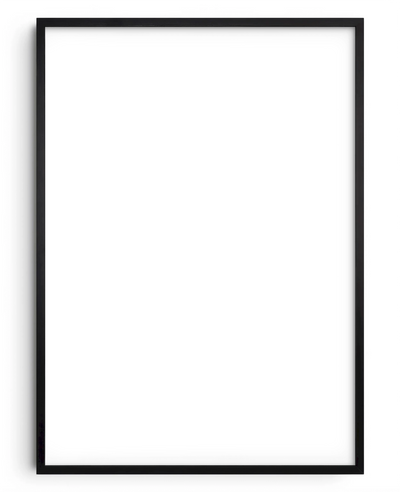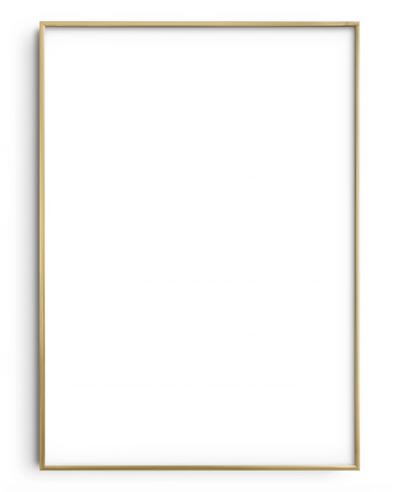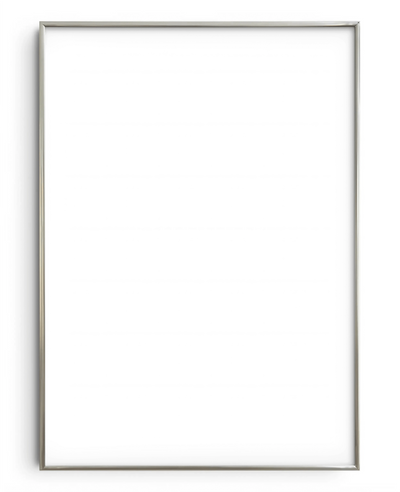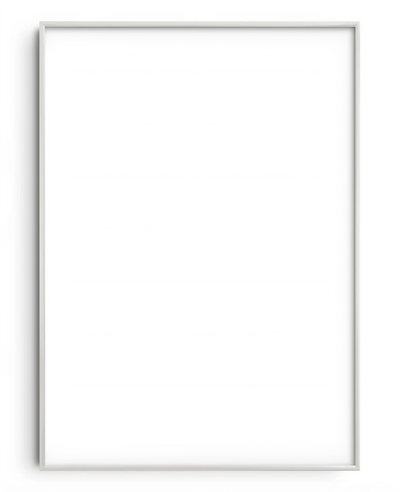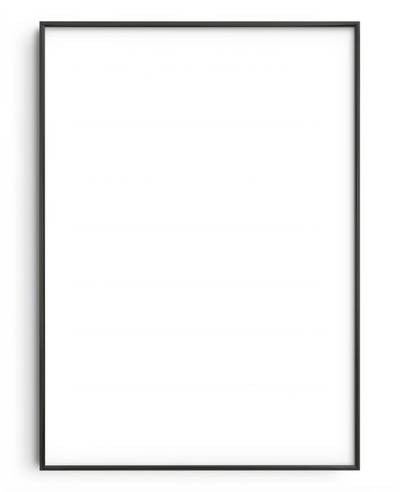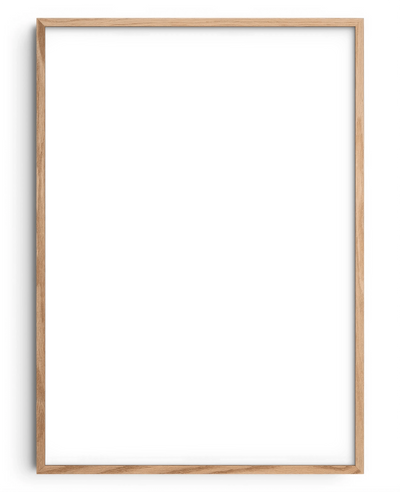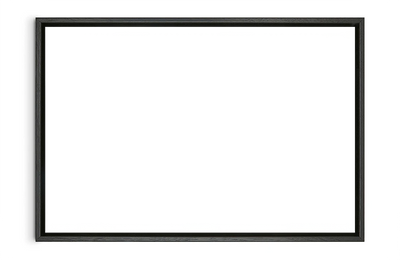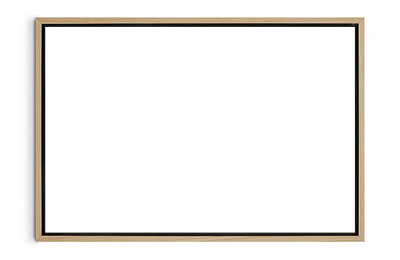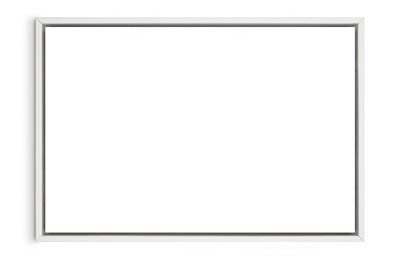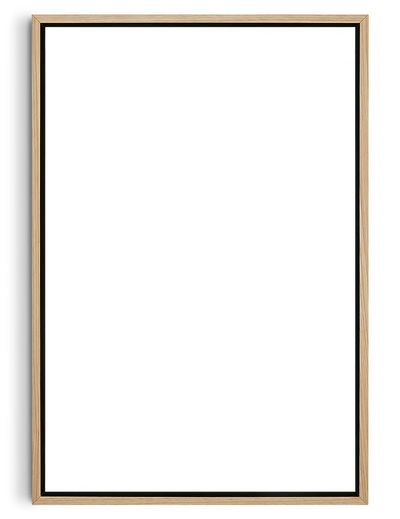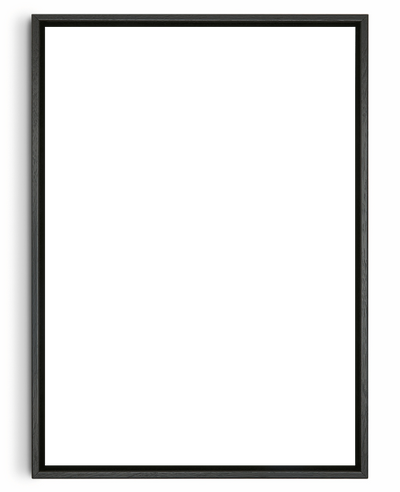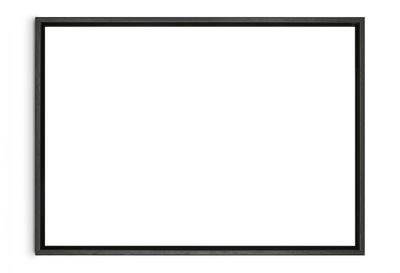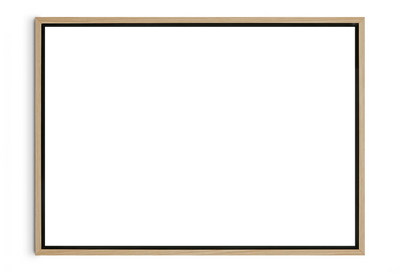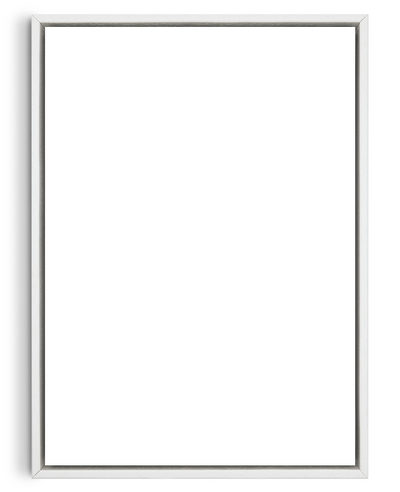Building an art collection is a great way to showcase your love for the visual arts, but the process itself can feel like quite the challenge if you don’t know where to start. The art world’s complex dynamics can easily overwhelm even the most enthusiastic newcomers, and with many different works to choose from, you may feel extra intimidated about spending money and committing to certain styles.
However, if you’re determined to start collecting, there are several guiding principles that should make the process easier than you think—and, more importantly, more rewarding on your part. Here are some things you can reflect on before you begin your art collection journey so that you can ensure you’re acquiring art that holds both personal and lasting value:
1) Know Your Goals

Before acquiring any piece, it’s essential to reflect on why you want to collect art in the first place. Is your interest driven by a passion for creativity, a desire to support artists, a hope for long-term financial returns, or perhaps a combination of these? Clarifying your motivations will help shape your approach and prevent impulsive decisions.
For instance, collecting with investment in mind may lead you to prioritise established artists or limited-edition works, whereas collecting for personal enjoyment might open you up to more experimental or unconventional pieces. Set clear intentions early on to guide you, not only on what you collect, but also how you build your collection over time.
2) Decide on the Type of Art You Want to Purchase

Once your goals are clear, the next step is to define the kind of art you want to bring into your collection. Art exists in many forms, and each comes with its own context, market considerations, and care requirements.
Are you drawn to contemporary art prints, traditional sculpture, photography, or perhaps digital media? You may also want to think about whether you’re interested in works by local artists, historical figures, or global talents. Narrowing your focus can make the process less overwhelming and give your collection a sense of cohesion, especially in the early stages. That said, remaining open to discovery can lead to unexpected and rewarding finds, so try to strike a balance between focus and flexibility.
3) Do Your Research

Understanding the background of an artwork—like its provenance, the artist’s history, critical reception, and place within a broader artistic movement—will enable you to assess its context and relevance within the art world. It also helps add depth to your choices, ensuring that you’re making acquisitions that stand the test of time, both aesthetically and in value. This kind of insight not only helps you evaluate the work’s significance but also allows you to engage with it more meaningfully.
A great way to build knowledge is to attend exhibitions, read artist interviews, and explore catalogues. You can also talk to curators or gallerists to get a more in-depth view of an art piece. Over time, you’ll begin to recognise patterns, gain familiarity with pricing, and develop a stronger sense of what resonates with you.
4) Come Up with a Realistic Budget

A clear budget provides structure and focus when entering the art market. Without it, the sheer variety of options can quickly become overwhelming, and the risk of overspending increases. Determining how much you’re prepared to invest—both in individual pieces and across your collection as a whole—will help you make decisions with greater confidence. It’s also important to account for related expenses such as framing, transportation, insurance, and potential restoration over time.
Regardless of the amount you have available, thoughtful planning ensures your collecting remains both sustainable and enjoyable. To create a well-defined budget, start by evaluating how much of your disposable income you’re willing to dedicate to art over a set period. Next, break that figure down into categories (e.g., purchase price, maintenance, and administrative costs) so you have a clearer picture of your financial commitments.
Additionally, consider setting aside a contingency fund for unexpected opportunities or expenses that have to do with art. This way, you’ll maintain flexibility while avoiding financial strain, allowing your collection to grow steadily and with purpose.
5) Explore the Works of Emerging Artists

While procuring art made by famous and well-established artists can feel like a safer or more prestigious option, turning your attention to emerging artists can be one of the most rewarding aspects of collecting. These creators often bring fresh perspectives, innovative techniques, and a bold sense of experimentation to their work. Engaging with artists at the start of their careers not only gives you access to more affordable pieces but also allows you to support creative talent at a formative stage. What’s more, many collectors find it fulfilling to follow an artist’s development over time, seeing how their ideas evolve and how their market presence grows.
6) Watch Out for Forgeries

The art market, unfortunately, is not immune to deception, and forgeries can be remarkably convincing. Many counterfeit works are created with skill and attention to detail, resulting in a lot of collectors unknowingly acquiring inauthentic pieces. As such, you can’t rely on appearances alone when evaluating a potential acquisition.
One of the most effective ways to protect yourself is to always request provenance documentation and, where possible, certificates of authenticity. Doing so helps establish the legitimacy of a piece and offers peace of mind. Working with reputable galleries or trusted dealers can also provide an additional layer of security.
Be wary of sellers who are reluctant to provide background details or who cannot clearly trace an artwork’s history. If you’re uncertain about a piece, you can always consult art appraisers, authenticators, and specialists who are trained to identify inconsistencies and assess materials. Taking these precautions not only protects your financial investment but also safeguards the integrity of your collection as a whole.
In the end, perhaps you’ll find that your own art collection is both a personal and enriching pursuit. But more than enthusiasm alone, this process demands a thoughtful approach to navigating your choices. Keep the abovementioned considerations in mind, and you’ll give yourself the best chance of building a collection with lasting significance.
Browse DROOL Art for starter pieces for your budding collection, and take our Art Finder Quiz to learn more about the preferences you’ll take with you during the collecting process!


